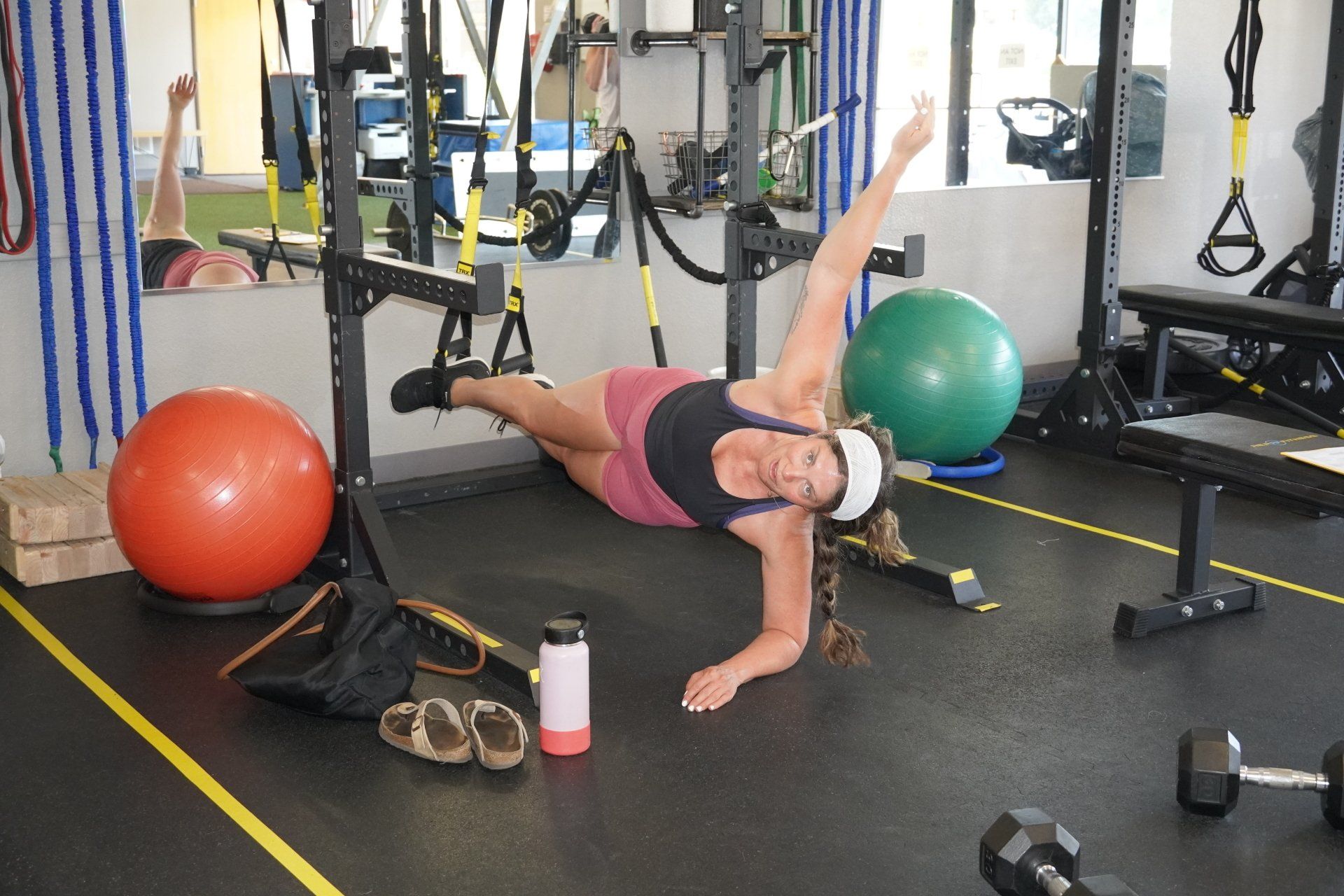Neuroplasticity: Learn Something New and Rewire Your Brain
Neuroplasticity – by preserving existing nerve structures and creating new ones, the brain is able to rewire itself so that it can learn new “stuff” (a technical term).
You’ve probably heard recently that exercise may have positive side effects on your health. Regular vigorous exercise is good for your heart, lungs, muscles, bones and brain. It’ll make you stronger and faster, help you stay trim and healthy, and it will improve your mood and cheery disposition. It’s also good for helping you get better after an injury or illness.
What you may not know is that exercise may even prevent or cure some diseases. It certainly helps to cope with chronic disease, and often it can slow down the onset of new symptoms and/or reverse some of the symptoms altogether. How so?
Through neuroplasticity. By preserving existing nerve structures and creating new ones, the brain is able to rewire itself so that it can learn new “stuff” (a technical term). This “stuff” can be new movements, thoughts, creative processes or languages, or it can be new ways to do old things that an injury or disease is preventing us from doing now. Activities like walking without a cane, driving a car, speaking clearly or having a sense of humor.
What’s significant is that many of these activities that can help the brain rewire itself are fun, simple and have been a part of our culture for a very long time. Dancing, agility and balance drills, juggling, ping pong, bike riding, and just plain horsing around are all found to enhance brain function in such a way as to improve the lives of people with some of these problems.
One population for whom this has a tremendous benefit is with people with Parkinson’s Disease. According to the Davis Phinney Foundation, persons with [Parkinson’s Disease] who participate in exercise programs have better quality of life, walking ability, balance, strength, flexibility and cardiovascular fitness compared to those who do not exercise. This is largely attributed to “improvements in function of nerve cells and the potential of increased survival of nerve cells within the affected area of the brain.”
In another study at Oxford University, a group was challenged to learn how to juggle over 6 weeks. In that time, the subjects all showed increases in white and grey brain matter which improved hand/eye coordination and speed of movement in all types of activities – not just juggling. And they observed all of this regardless of how good any individual became at juggling, suggesting that the value of the exercise is in the learning, not the mastery. In other words, you get an A for effort.
The lesson here is that by introducing new exercises and activities and sticking with them for a measurable period of time, the brain has the opportunity to heal a body that has been burdened with a chronic disease.
You might also enjoy these posts . . .








